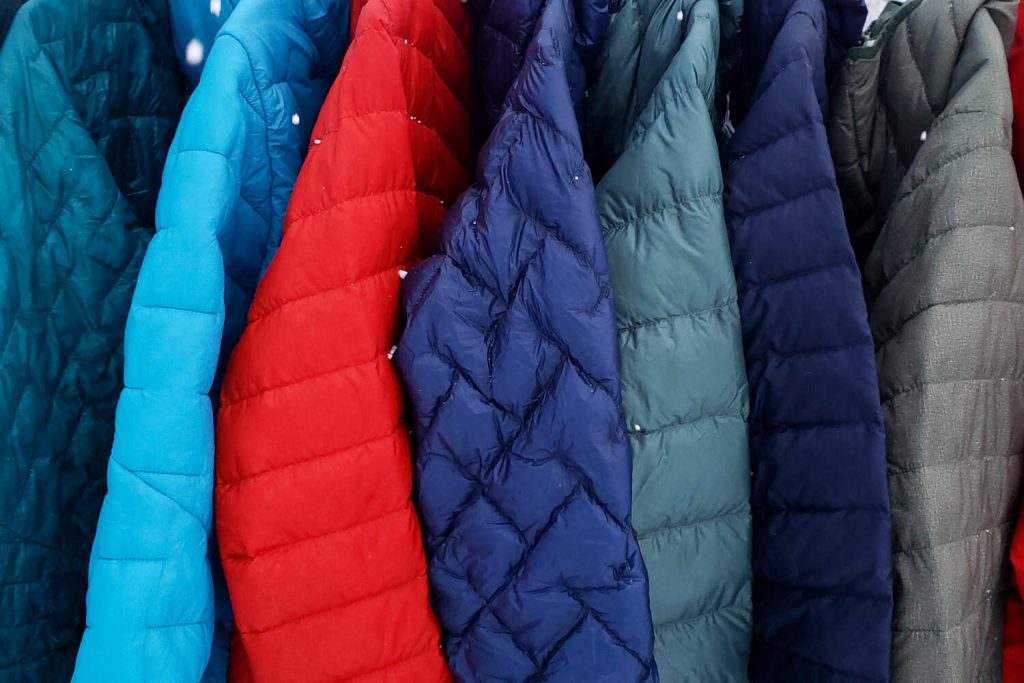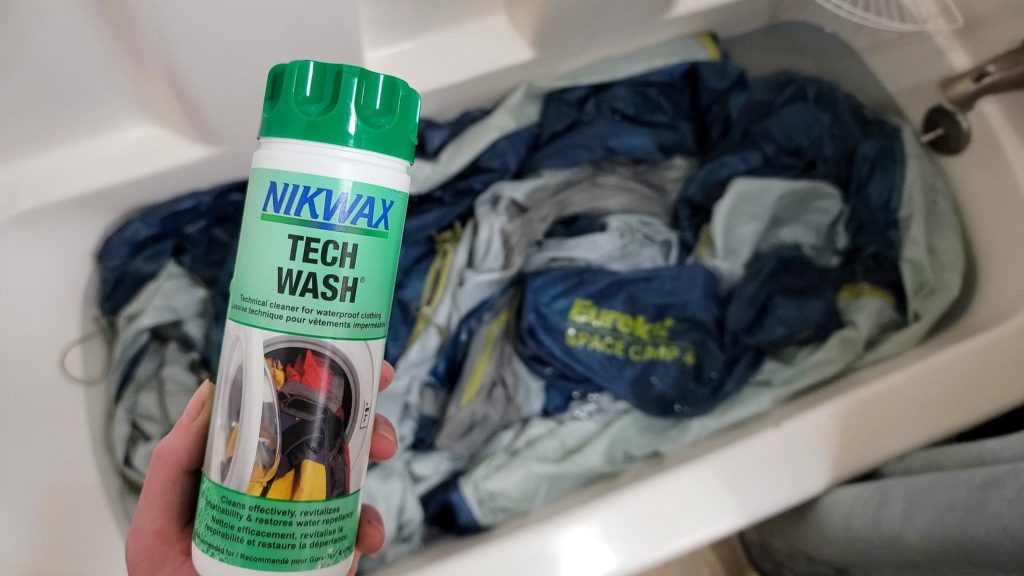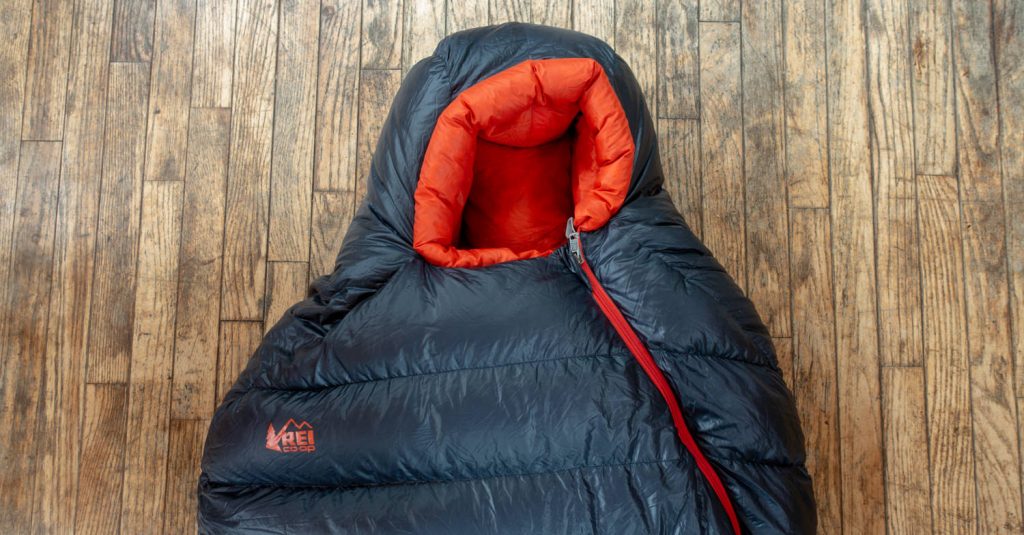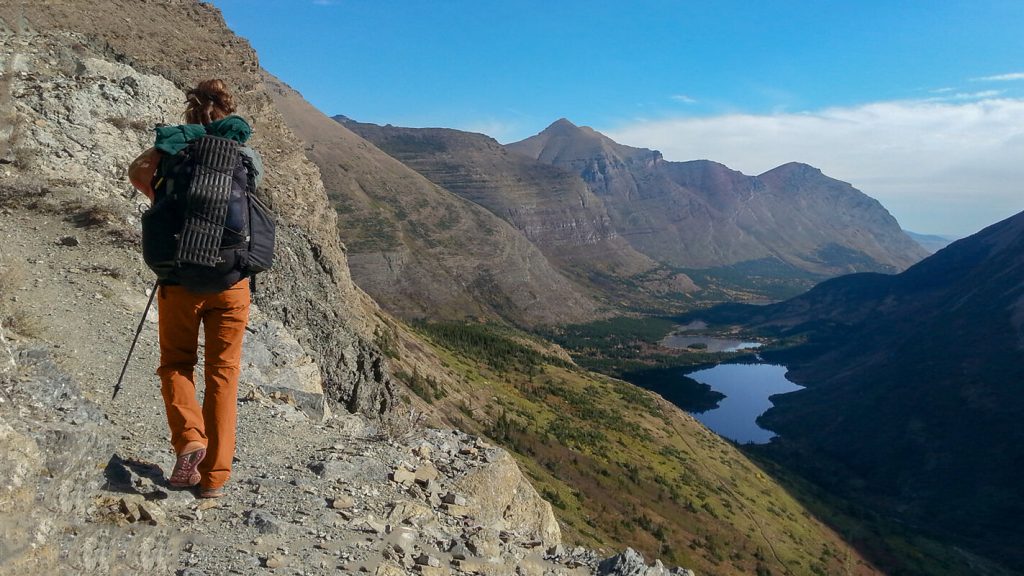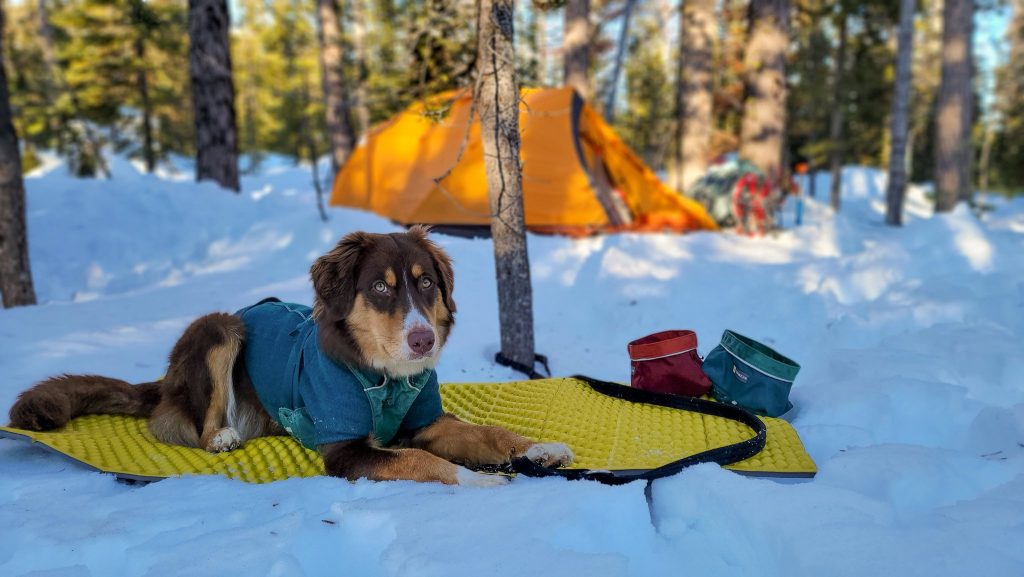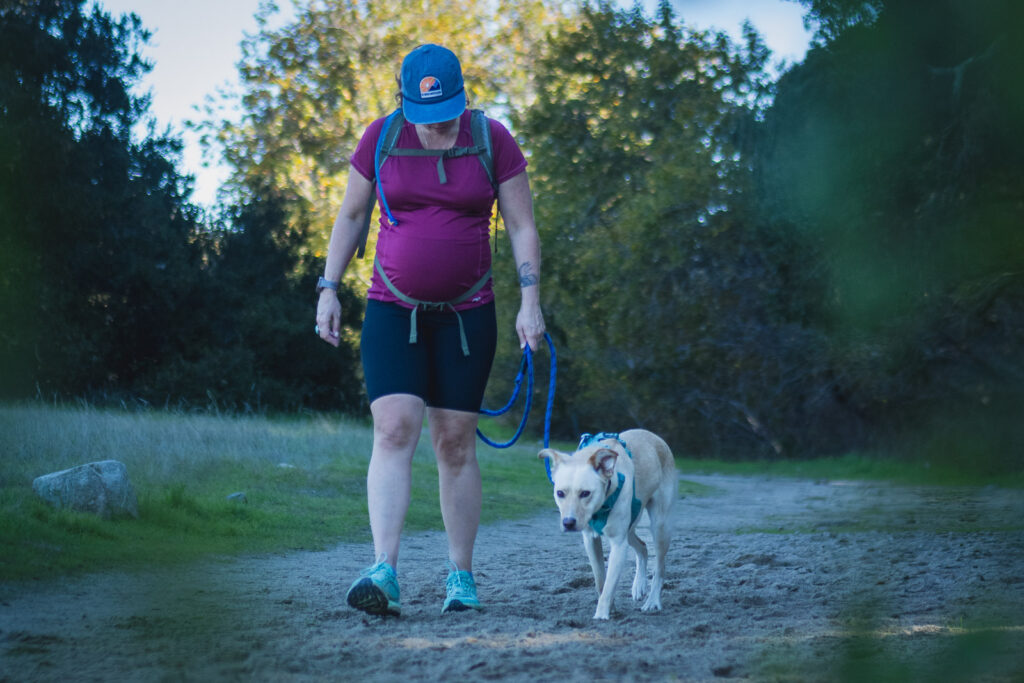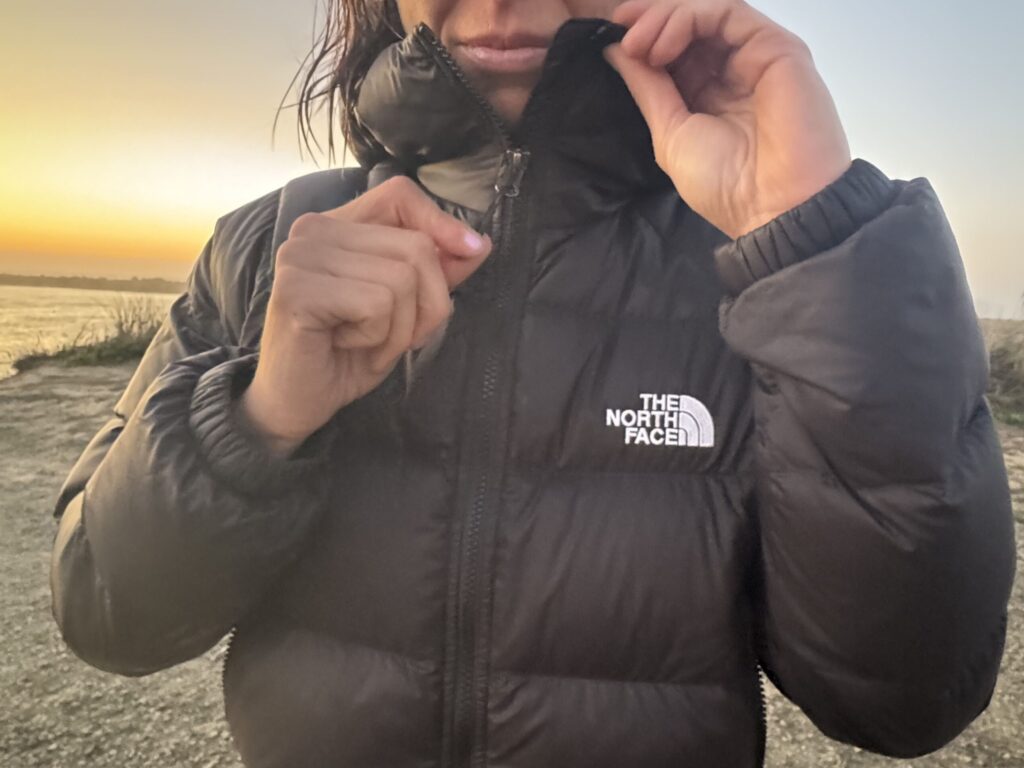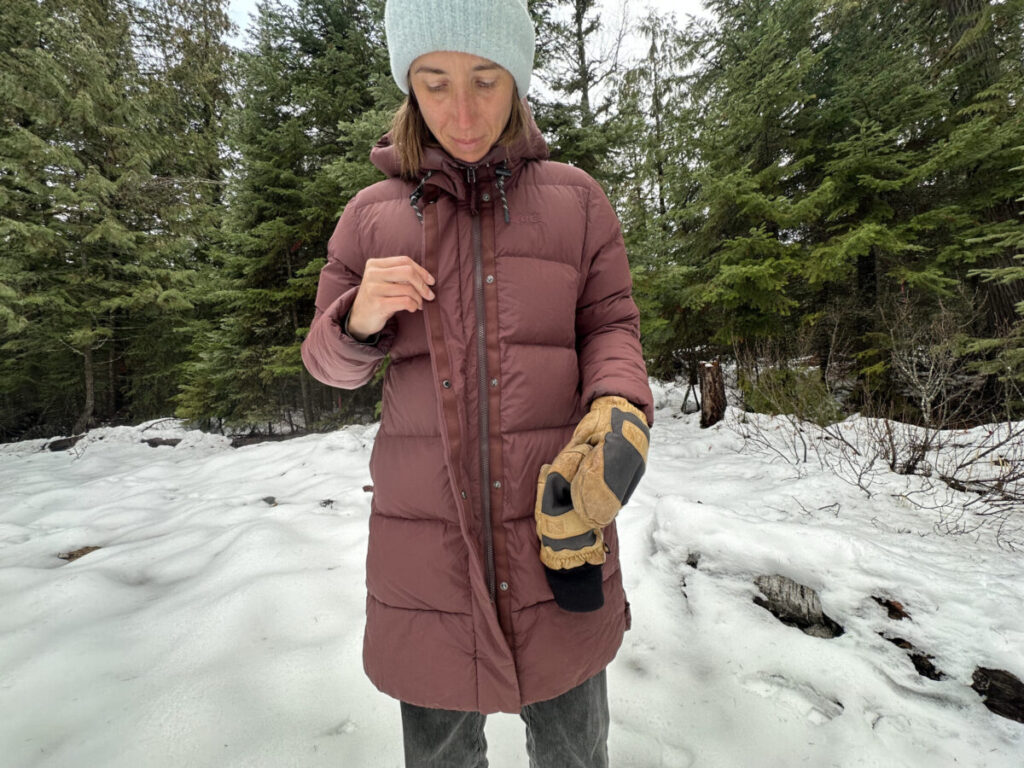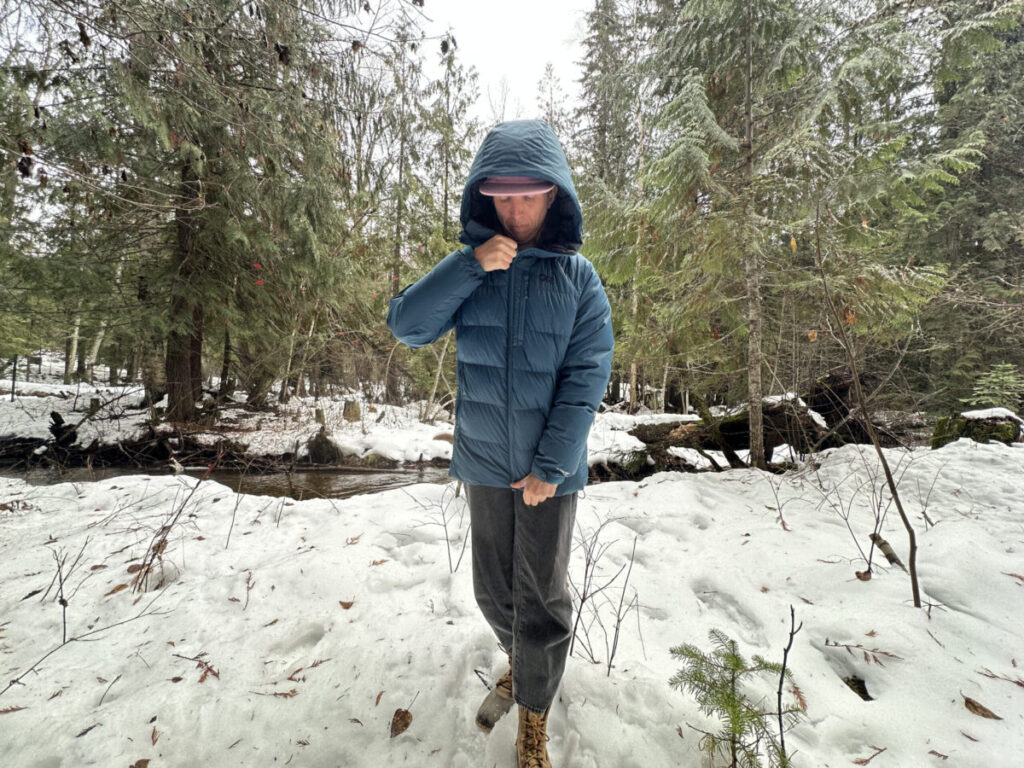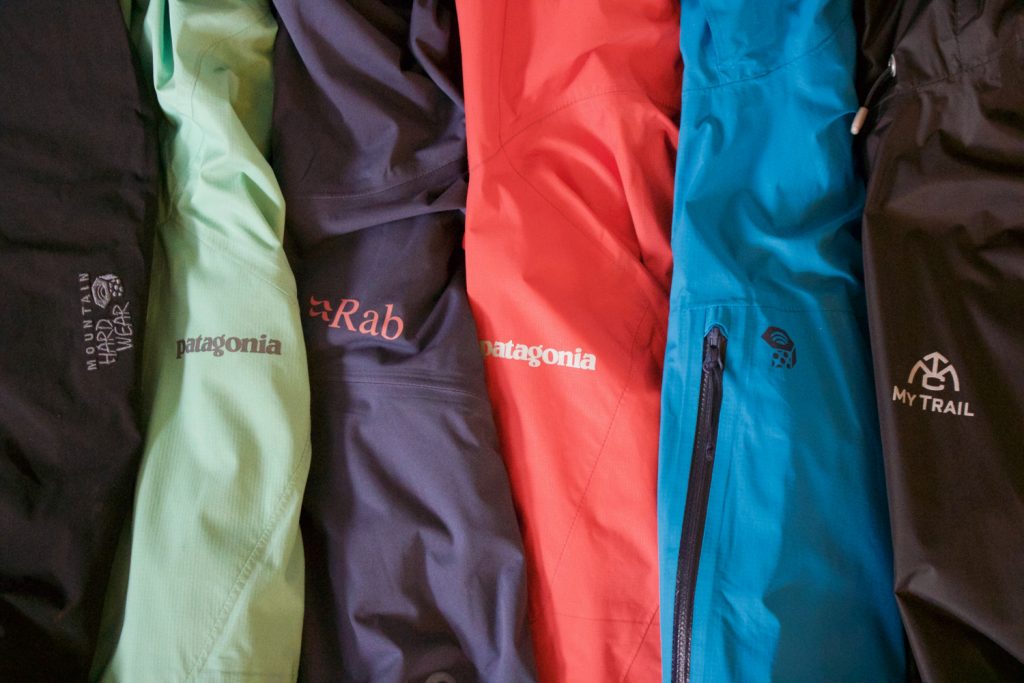
If you’ve ever been caught in a backcountry downpour, you know how important it is to have high-quality rain gear functioning at its full potential. Being cold and wet in the wilderness is not only extremely uncomfortable, it’s also dangerous.
After a while with your rain gear, you’ll notice that water no longer beads up like it used to and water appears to soak into the fabric. This is called “wetting out,” and it’s a major indicator it’s time to wash and retreat your rain gear.
Luckily, caring for rain gear is a simple task. We put together this quick guide to help you continue to get the most out of your gear when you need it most. And if it is truly time to replace your stuff, check out our guides to the best rain jackets, rain pants, and boots for men and women.
How Rain Gear Works
Rain gear is made of multiple bonded layers – either 2L, 2.5L, or 3L. 2L jackets are made up of an outer face fabric bonded to a waterproof layer. 2.5L models add an extra, thin liner on the inside that provides additional protection for the waterproof layer. 3L bonded layers are similar to 2.5L models but with a more robust construction made up of a thicker, softer, more comfortable inner laminate, the middle waterproof and breathable membrane, and the outer face fabric.
LAMINATE (INNER)
The inner layer provides comfort against your skin and protects the middle membrane from sweat and grime.
WATERPROOF/BREATHABLE MEMBRANE (MIDDLE)
The waterproof and breathable middle layer is composed of microscopic pores which are large enough to allow water vapor (sweat and condensation) to escape, but small enough to prevent any liquid water (rain) from getting in. If we’re being honest, calling rain gear “breathable” is a stretch, but it’s the best technology we currently have.
FACE FABRIC (OUTER)
The outer fabric layer is usually made of polyester or nylon and treated with Durable Water Repellent (DWR). The DWR chemical bond is what causes water to bead up and run off your coat. Every new coat comes with a factory-applied DWR.
WEARING DOWN
Over time, sweat, grime, and solid particles in the air degrade the DWR bond on the outside of your jacket. Eventually the DWR will be rendered totally useless and your jacket will fully “wet out.” Note that this does not mean rain water is getting into your jacket. The main problem with wetting out is that the middle layer of your raincoat can’t breathe. Essentially, the pores of your rain jacket are clogged when it gets wet. When your sweat can’t escape, you end up getting damp from the inside out due to condensation build up.


How Often Should I Wash?
When you realize your rain gear is “wetting out” you need to wash and treat it. By washing your shells with Tech Wash and reapplying DWR, your jacket and pants will be as close to new as possible. The more you use your rain gear, especially in harsh conditions, the more often you’ll need to wash it.
Truth be told, most backpackers and hikers don’t wash their rain gear nearly enough, if ever. This leads to wetting out and hikers may even buy new rain gear because they think their old shells are worn out. But don’t worry, your jacket hasn’t reached the end of its life, it just needs some love. How often you wash your rain gear will vary, but here are some general rules:
- If you wear your rain gear casually, then wash your coat once a month (yep, once a month) or after 20-30 normal uses.
- If you wear your rain gear during high-exertion activities, such as hiking or jogging, it’s good to wash your rain gear after 10-15 uses. Sweat and other contaminants build up much quicker under these circumstances.
- As soon as you notice your rain gear is “wetting out,” give it a full wash.
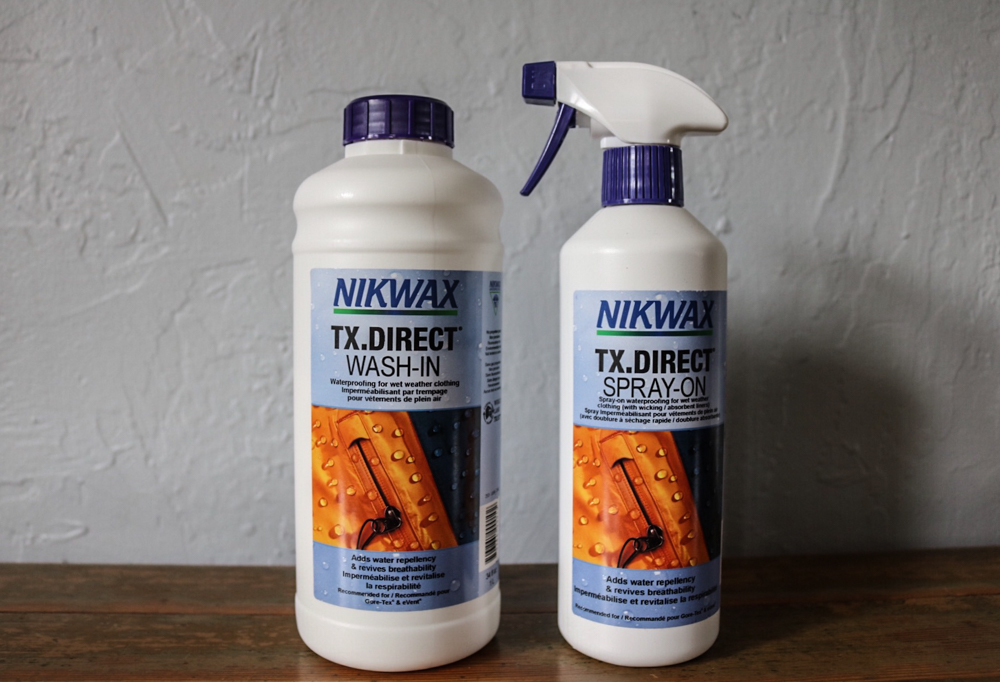
Wash-In or Spray-On DWR?
There are two ways you can reapply DWR to your rain gear: wash-in DWR such as Nikwax TX.Direct Wash-In or a spray-on DWR such as Nikwax TX.Direct Spray-On. We use the wash-in treatment for rain shells and pants because it’s easy and effective. If you’re washing a multi-layer garment with insulation, such as a fleece or down-lined rain jacket, use a spray-on treatment.

How to Wash Your Rain Gear
By the time most people get around to washing their rain gear, they’ll not only need to clean their jacket, but also reapply DWR. If your rain gear is still repelling water and is not yet wetting out, you may only need to wash your rain gear with Tech Wash. If this is the case, you can follow steps 1-5 below and then tumble dry on low. For most people, you’ll want want to reapply DWR as part of the full washing cycle outlined below.
Materials
- Technical Wash
- DWR (we use Nikwax TX.Direct Wash-In and TX.Direct Spray-On)
- Laundry Machine (use a front loader without an agitator. Go to a laundromat if necessary, especially for thinner garments.)
- Dryer (tumble dry low)

Steps
- Check the manufacturer’s washing instructions on the tag. Though the instructions are most likely similar to the steps below, make sure you follow the garment’s instructions.
- Clean any residual laundry detergent from the laundry machine soap dispenser. Standard detergent can be harmful to your rain gear.
- Pour in the recommended dosage of Tech Wash. Never use powder detergent, bleach or fabric softener, which can damage the membrane of your gear.
- Zip up your rain shell and make sure there are no objects in the pockets. Then load it into the machine.
- Wash on the gentle (or delicate) cycle. If it appears that the soap isn’t completely rinsed out after the cycle, you may want to run the rinse cycle again without tech wash. Thoroughly rinsed gear sets you up for success in the next step.
- Next, you’ll reapply DWR to your jacket. Pour the recommended dosage of your Wash-In DWR into the laundry machine soap dispenser, set the recommended temperature (usually low-warm), and run your rain gear through the gentle cycle. If you’re using Spray-On DWR, see instructions below.
- When the cycle is complete, air dry or tumble dry on low setting. Just be sure to double check the care instructions on your jacket.
- Store your rain gear once it’s completely dry. If not, mildew and mold can build up in the creases of your rain gear.

Washing Down/Fleece Insulated Rain Gear
If you have a rain jacket that has down or fleece insulation, the process to wash and reapply DWR is a little different. The first thing you always want to do is read the instruction label on the rain gear, as this should dictate the process.
FLEECE-LINED RAIN GEAR
You’ll need two products for this: Tech Wash and Spray-On DWR. First, wash your rain gear using the Tech Wash. There’s no need to dry garments before applying DWR. Find a flat surface and put down a protective barrier such as cardboard so you don’t harm the work surface. Lay your rain gear flat and close up all zippers. Holding the bottle six inches away, spray the outside fabric, ensuring full and even coverage. Wait two minutes, then dab away any residual product with a damp cloth. Air dry or tumble dry on low, or as garment care instructions allow.
DOWN-LINED RAIN GEAR
You’ll need two products for this: Down Wash and Spray-On DWR or Down Proof (read below). First, wash your gear with the down wash according to the directions. If you need more clarification, check our our article on How to Wash a Down Coat. Next, reapply the DWR. As above, no need to dry gear beforehand. For spray-on DWR, put down a protective barrier such as cardboard on a flat work surface. Lay your rain gear flat and close all the zippers. Holding the bottle six inches away, spray the outside of the garment evenly and thoroughly. Wait two minutes and then dab way any extra coating with a damp cloth. Air dry or tumble dry on low (according to care instructions). Where possible, we recommend tumble drying since down takes a very long time to dry.
DOWN PROOF
For added protection, you also have the option of using Down Proof after your completed wash cycle with Down Wash. Rather than using the spray-on DWR, Down Proof ensures that both the outer shell and the down inside get a reapplication of DWR.

More Information
We hope this guide helps you get your rain gear clean and revitalized. As always, please leave a comment below if you have any recommendations, questions, or suggestions.



